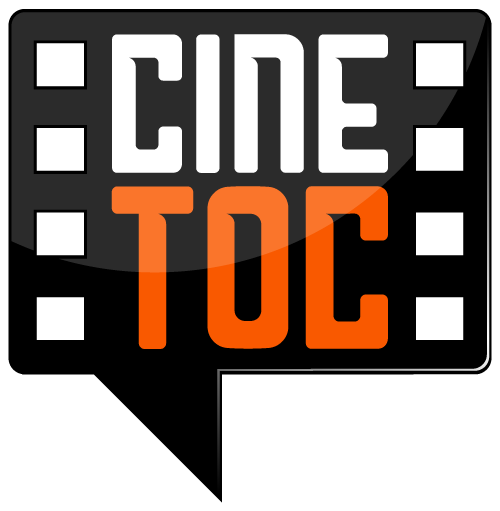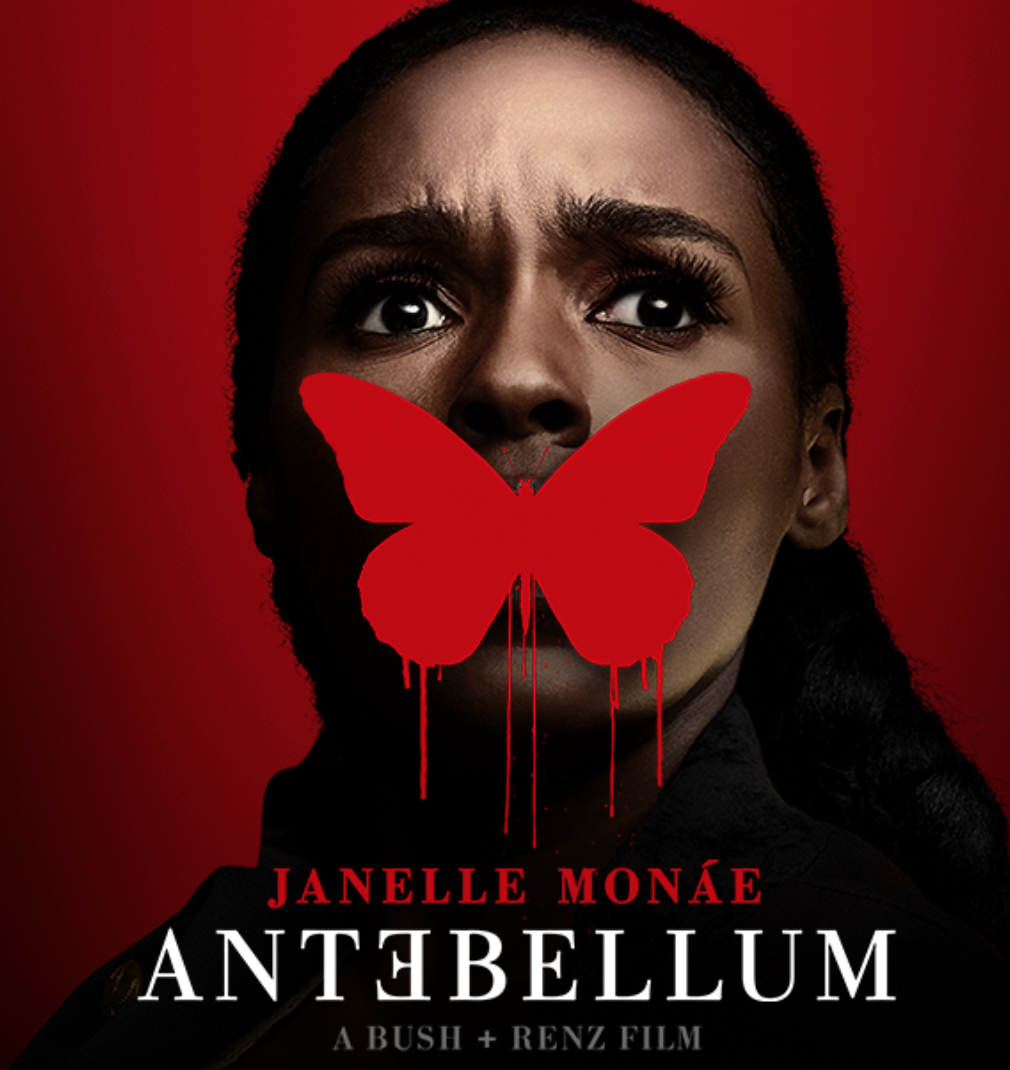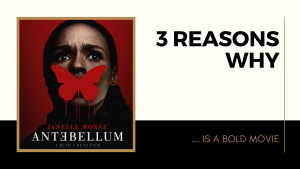
Written and directed by Gerard Bush and Christopher Renz in their directorial debut, the plot unfolds around the struggle of Veronica (Janelle Monae) to regain control of her life. So far, the movie has received mixed reviews. We are here to point out 3 good reasons to go on and watch it in a movie theater or in the confort of your house.
1/ Juggling with time
From a storytelling perspective, Antebellum uses time in a singular way. The main plot seams to be set in the past. A quiet dreadful past. One we are all well aware of for having seen numerous movies on slavery. While settling with the idea that we are watching a period piece set sometime during the Civil War, and starting comparing the movie with it peers (12 years a slave for instance) a major incident – that we can only qualify as a coup de théâtre – propels us to the present days. Soon we discover that past and present blends to a nightmarish reality.
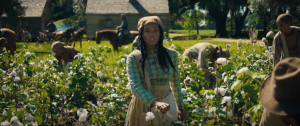
The fact that the storyline of our heroine Veronica as a slave in a Southern plantation is held for such a long running time, reenforces thematically the notion that all changes are frail. Veronica’s actual life – set in the present and showcased in form of a flashback – exults personal and professional achievements. However, her abduction underlines the fragile nature of everything she has fulfilled. Her misfortunes reveal the existence of deeply rooted believes that no change seem capable to alter.
2/ Black lives DO matter
Taking into account the uprise generated firstly in the US regarding racial discrimination and how it spread in many major cities worldwide, it is clear that this movie couldn’t be more relevant. Current events inspire a strong feeling that action needs to be taken. And this is exactly what people all over the world do.

The movie timeline intentionally revives the past in such a vivid way and links it directly to the present days in order to set a clear message: appreciation of human life – and clearly in Antebellum Black Americans lives – has not always been a matter of great concern. How things are different today? How much have we grown and changed?
3/ Mirroring the futur
Amidst a group of white supremacists’ nostalgia of an antebellum lifestyle comes the ending scene which advocates for different types of major empowerment. We see a young, strong, fearless, beautiful black woman riding a horse, brandishing an axe and crossing a battlefield straight out from a History book. Civil wars are the deadliest manifestations of a conflict. Any sense of honour is shredded as soon as a brother points a gun to a brother. Who can prevail that an idea holds a higher ground than life itself?
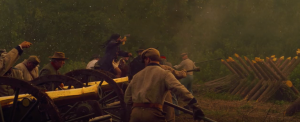
Still, one can wonder where is Veronica heading to as she crosses the confederate line, whilst wearing a union uniform ? What a great symbolic long sequence-shot (echoing the long opening sequence shot of the plantation)! It is hinting at the numerous battles yet left to be fought! After all, it is in our human nature to always challenge whoever oppresses our fundamental needs for gender and racial equality, social equity and our basic wish to stand free. And so we rise… and so we fight… and so the others fight back…as we each stand our ground.
